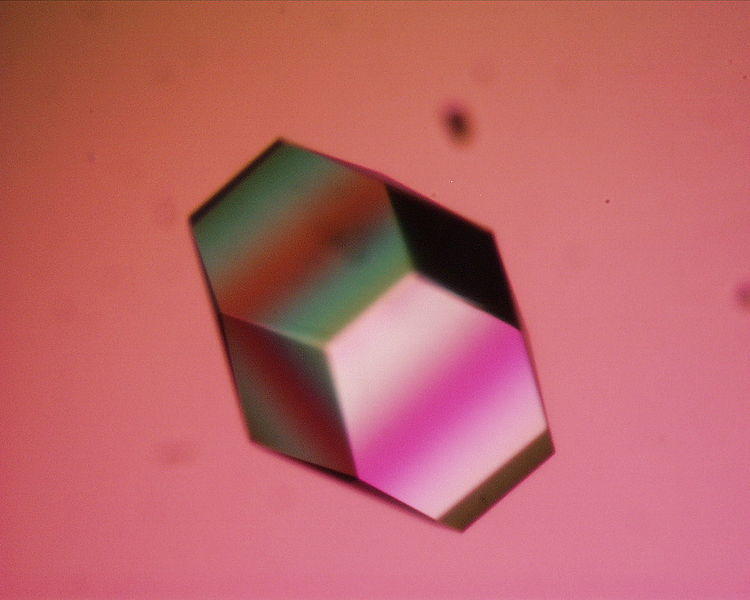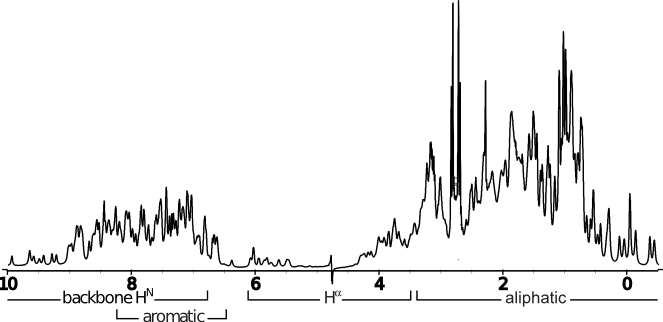Structural biology
The properties of a protein is determined by its structure. Thus, to better understand the function it is important to know the structure. Biorecognition uses NMR, X-ray crystallography, and molecular modelling to investigate the three-dimensional structure of proteins.
Main content
NMR
Biorecognition have access to the Nuclear Magnetic Resonance (NMR) facilities at the Department of Chemistry, which currently includes a Bruker 600 MHz spectrometer with a cryprobe and a 500 MHz spectrometer primarily used for solid-state NMR. In addition, we have access to ultrahigh-field NMR through collaborations.
We use NMR for structural characterization of proteins, study of protein-ligand interaction. We also use NMR to confirm the identity of compounds used in the high-throughput screening.
Crystallography
Together with NMR, X-ray crystallography is the only technique which can give protein structures with atomic resolution. X-ray crystallography is better suited then NMR when working with large protein, which makes the it the method of choice when working with the aromatic amino acid hydroxylases.
Crystallography is done in collaboration with NorStruct in Tromsø, among others.
Computational tools
The Biorecognition group develops and applies computational tools for simulating the dynamics of biomolecular structures and interactions. Together with the group of Ross Walker at San Diego Supercomputer Center we develop methods that enable us to simulate how proteins and small ligands interact with biological membranes. Applied in synergy with experiments these simulations enable us to understand how membranes modulate protein function, and how proteins and small molecules modulate membrane dynamics and integrity. We apply computational methods to screen virtual databases for ligands that interacts with specific targets and to determine high affinity selectivity determinants for these interactions.
The group has access to high performance computer resources through the National Notur program and at San Diego Supercomputer Center. In addition, local resources at the Department of Biomedicine are available.

